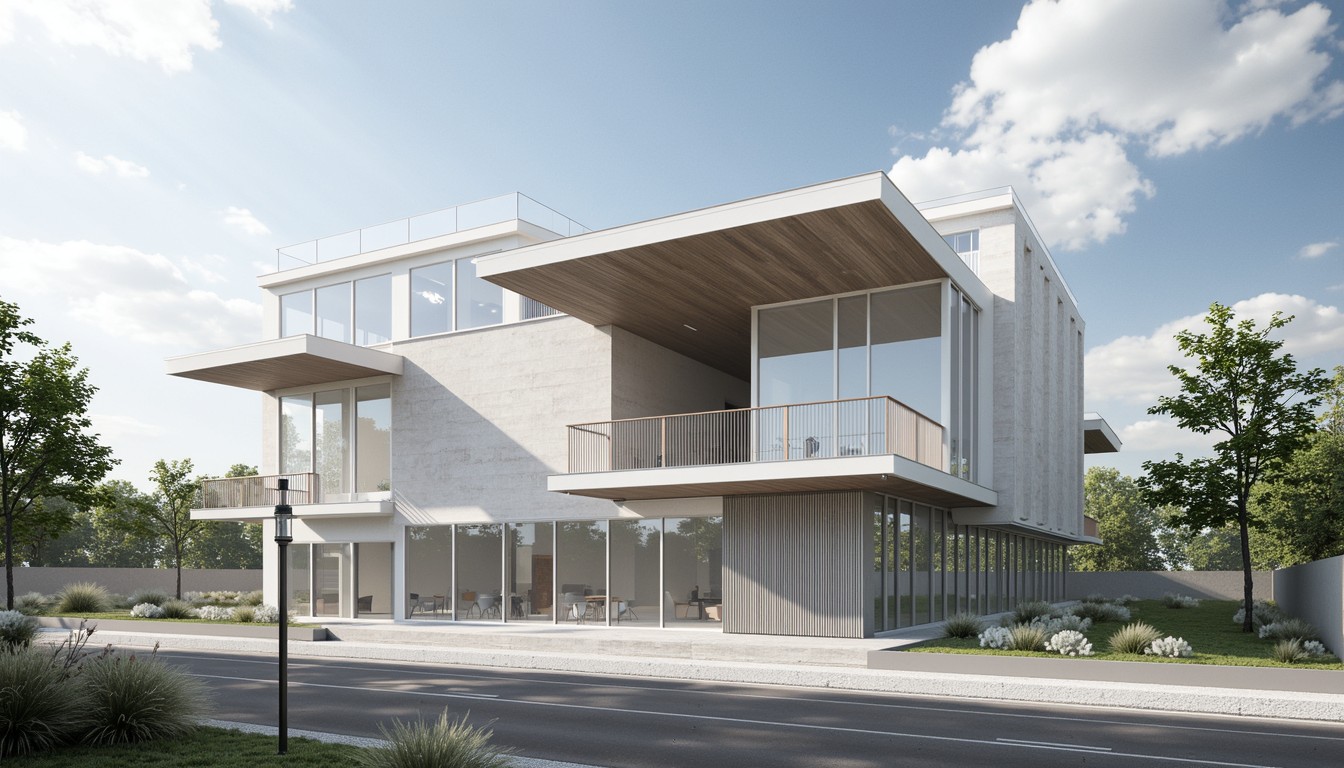AI-Powered Space Planning: A Design Revolution
The architectural landscape is undergoing a significant transformation, driven by the integration of Artificial Intelligence (AI). No longer a futuristic fantasy, AI is rapidly becoming an indispensable tool for architects and designers, particularly in the critical realm of space planning. This revolutionary technology offers unprecedented efficiency, accuracy, and creative potential, reshaping how we conceptualize, design, and visualize built environments.
The Evolution of Space Planning: From Manual to AI-Driven

Traditional space planning relied heavily on manual drafting, iterative design revisions, and often, time-consuming trial-and-error. Architects spent countless hours meticulously arranging furniture, calculating dimensions, and ensuring compliance with building codes. This process, while rewarding in its own right, was inherently slow and prone to human error. The introduction of Computer-Aided Design (CAD) software significantly improved efficiency, but limitations remained in terms of generating multiple design options and exploring complex spatial relationships.
AI-powered space planning tools represent a paradigm shift. These sophisticated algorithms leverage machine learning to analyze vast datasets, including building codes, client preferences, furniture dimensions, and even environmental factors like sunlight exposure. This allows for the generation of numerous design alternatives in a fraction of the time it would take traditional methods. Furthermore, AI can identify potential conflicts or inefficiencies early in the design process, minimizing costly revisions later on.
Key Benefits of AI in Space Planning

The benefits of incorporating AI into space planning are multifaceted and transformative:
- Increased Efficiency: AI automates repetitive tasks, freeing up architects to focus on higher-level design decisions and creative problem-solving.
- Improved Accuracy: AI minimizes human error in calculations and ensures compliance with building codes and regulations.
- Enhanced Creativity: AI can generate novel and unexpected design solutions, pushing the boundaries of conventional space planning.
- Optimized Functionality: AI algorithms can analyze spatial relationships to optimize workflow, accessibility, and overall functionality.
- Cost Savings: Early detection of design flaws and efficient resource allocation can lead to significant cost savings throughout the project lifecycle.
- Faster Turnaround Times: The speed at which AI can generate and evaluate design options significantly reduces project timelines.
Real-World Applications of AI in Space Planning
AI-powered space planning is already making its mark across various sectors:
- Residential Design: AI can optimize the layout of homes based on family size, lifestyle, and budget, generating personalized floor plans that maximize space and functionality.
- Commercial Spaces: AI helps optimize office layouts to improve workflow, collaboration, and employee satisfaction. It can also analyze foot traffic patterns to improve space utilization in retail environments.
- Healthcare Facilities: AI can assist in designing efficient and patient-centric healthcare spaces, optimizing the flow of patients and staff while ensuring compliance with hygiene and safety standards.
- Educational Institutions: AI can help create flexible and adaptable learning environments that cater to diverse educational needs.
Challenges and Considerations

While AI offers immense potential, it’s crucial to acknowledge potential challenges:
- Data Dependency: AI algorithms require large datasets to function effectively. The quality and accuracy of this data are crucial for reliable results.
- Cost of Implementation: Implementing AI-powered space planning tools can require significant upfront investment in software and training.
- Ethical Considerations: Bias in training data can lead to biased design outcomes. It’s essential to ensure fairness and inclusivity in AI-driven design processes.
- Human Oversight: While AI can automate many tasks, human expertise remains essential for creative direction, critical thinking, and ethical considerations.
ArchNav: Leading the Way in AI-Powered Architectural Visualization
At ArchNav, we understand the transformative power of AI in architectural visualization. We leverage cutting-edge AI technologies to deliver unparalleled realism, accuracy, and efficiency in our space planning services. Our AI-powered tools allow us to generate multiple design options, optimize layouts, and create immersive 3D visualizations that help clients visualize their projects before construction begins. We seamlessly blend human creativity with the power of AI to deliver exceptional results.
Our commitment to innovation ensures that we remain at the forefront of architectural visualization, providing our clients with the tools and expertise they need to create stunning and functional spaces. Contact us today to learn how ArchNav can help you revolutionize your space planning process.
